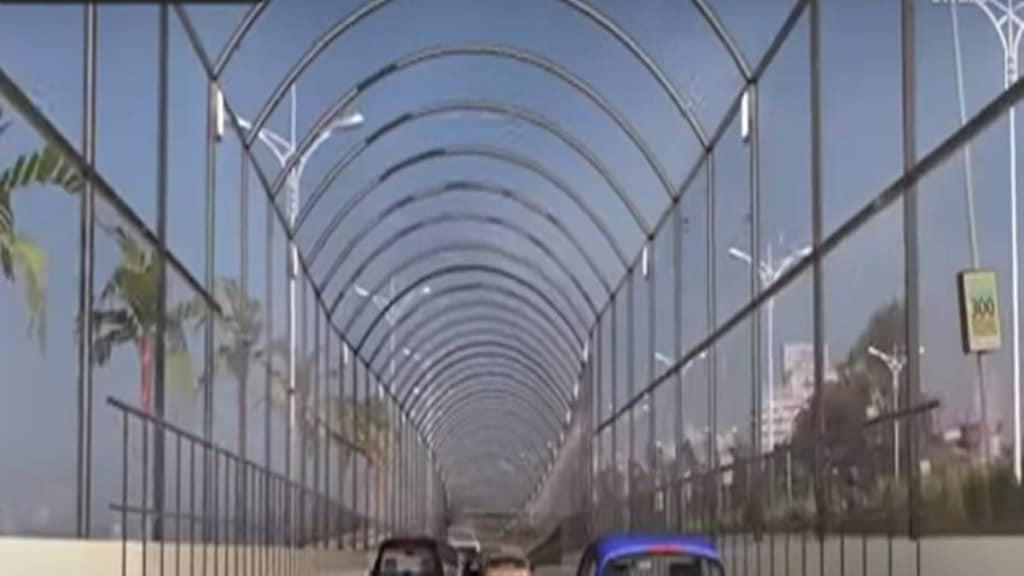India’s first undersea twin tunnels in South Mumbai are nearing completion, and are set to open in November 2023. The tunnels are 2.07-km long and are a part of Rs 12,721-crore Mumbai Coastal Road Project (MCRP). The famous tunnels are being constructed by the Brihanmumbai Municipal Corporation (BMC).
Undersea twin tunnels in South Mumbai: Route and commute time
The twin tunnels start near Girgaon which is a little ahead of Marine Drive, The Indian Express reports. The tunnels extend under the Arabian Sea towards North, covering Girgaon Chowpatty and Malabar Hill as well. Both the tunnels end at Breach Candy’s Priyadarshini Park.
The Mumbai Coastal Road Project connects Marine Drive to the Bandra-Worli Sea Link. It takes commuters about 45 minutes to reach their desired destination. Now, with this 10.58 kilometer long high-speed project, the commute time during peak hours between these two places is expected to be drastically cut down to just 10 minutes!
What will the twin tunnels feature?
The IE report claims that the tunnels will have a diameter of 12.19 meters and stretch 17-20 meters below sea level. They will also have six crosswalks, out of which four will be for pedestrians and two will be for motorists. Both tunnels will have three lanes each which will be 3.2-meter-wide. The tunnels hit their deepest point at 72 metres near Malabar Hill. The most exciting fact is that the entry and exit points of the tunnel will have fibreglass facades!
Making use of largest ever boring machine
The most important and highlight-worthy part of the project is the usage of the largest ever tunnel boring machine in the history of India, named ‘Mavala’. The name has been given in honour of Shivaji’s warfare experts from the Koli and Kunbi community
The machine is divided into 3 sections, weighs more than 1,700 tonnes and is nearly 12 m tall, as per the report. It is manufactured by the China Railway Construction Heavy Industry Company Ltd (CRCHI). Mantayya Swami, MCRP chief engineer explained to IE that the first section of the machine is the cutterhead with spokes and the second part collects falling rocks and sediments. The third section is actually a control room, which as the name suggests, operates to carry out the entire operation.
The Challenges in building India’s first undersea tunnels
Engineers from China were originally scheduled to arrive in India and train Indian engineers, but their visit was delayed due to the pandemic and the political tension between China and India. The engineers from China then arrived a year later.
The other challenges were geographical. Mantayya Swami, MCRP chief engineer told IE that when mining was completed for about 8 m, the engineers realised that the sea bed above them was collapsing! They had to quickly spray slurry on it to seal the cavity. Another major challenge was how close the tunnels were to Malabar Hill water reservoir. This reservoir sources water supply to suburban Mumbai. Had the boring left a single crack in this reservoir, the whole water supply would have been hit.
One of the biggest roadblocks while constructing the tunnels was the malfunctioning of a bearing seal. These seals basically prevent external materials from entering the gearbox. When one of the seals malfunctioned, the entire project was put on halt for three months!
The project is now 93 percent complete and is scheduled to be opened to the public in November 2023.

